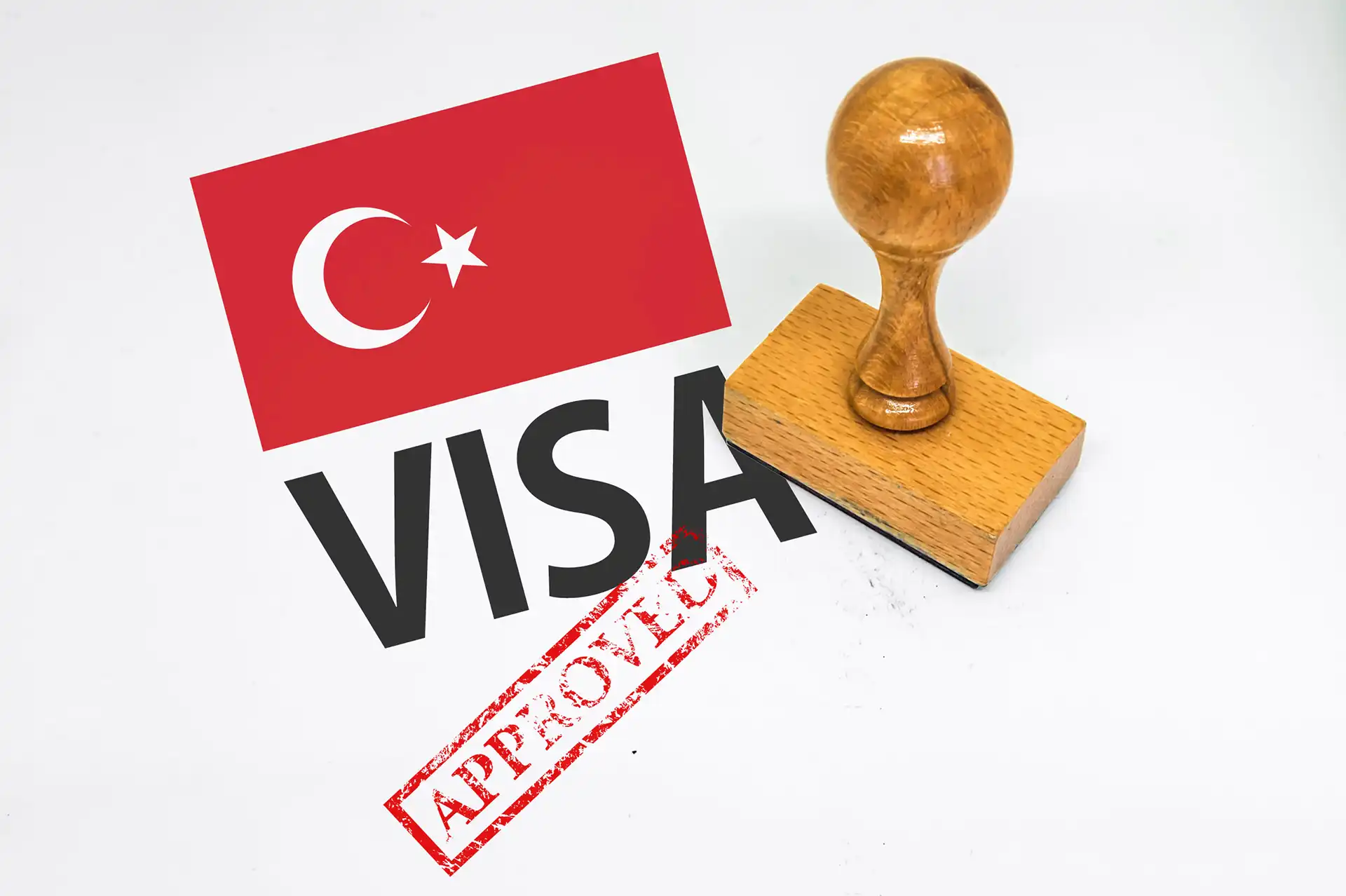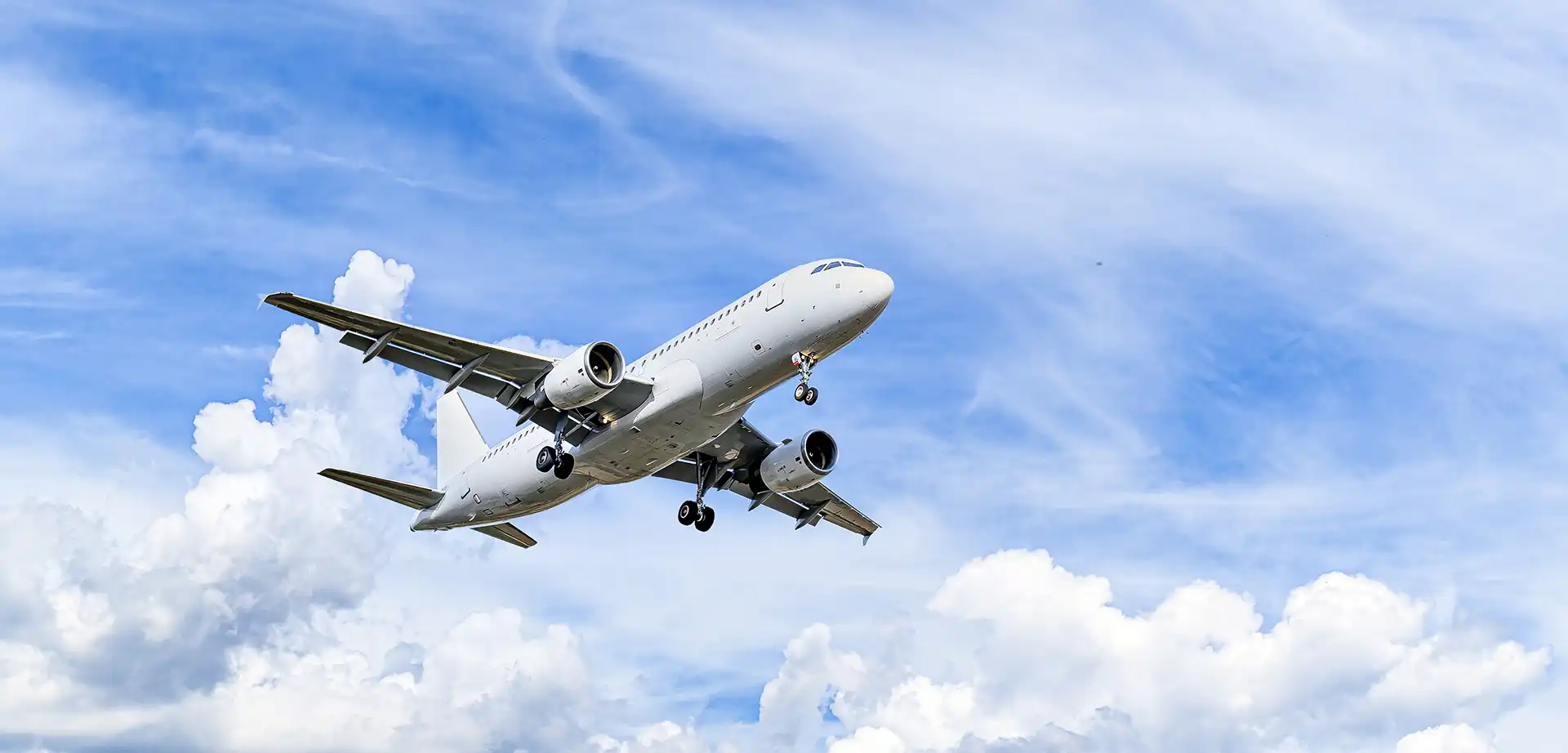

Iran
Iran passport ranking
The Iranian passport is currently ranked 95th place on the Guide Passport Index. It is considered one of the lowest ranking passports in the world. Iranian passport holders have visa-free access to only 36 destinations including Malaysia, Turkey and Seychelles. There are 193 destinations for which an Iranian passport holder requires to obtain a visa prior to traveling. That is the reason why the passport raking is low on the overall worldwide mobility score. For major destinations such as USA and the European Union, Iranians require to apply for a visa in advance. Visa applicants need to present documents such as proof of funds and return flight ticket.
Iran Passport Ranking
The Iran passport ranking relative to other global passports is calculated by adding up the number of countries that allow Iran passport holders to enter without a visa (i.e. visa-free countries) and those that allow Iran passport holders to enter by obtaining a visa on arrival (i.e. visa-on-arrival countries) or an electronic travel authorization (eTA). There are currently a total of 12 Iran passport visa-free countries, 22 Iran visa-on-arrival countries, and 2 eTA destinations.
Altogether, Iran passport holders can enter a total of 36 destinations—either without a visa, through a visa on arrival, or via an eTA. As a result, the Iran passport ranks 95 in the world.
Separate from these Iran visa-free countries and visa-on-arrival countries, there are 193 additional destinations which Iran passport holders either need a physical visa to enter or an eVisa (i.e. visa required countries).
About Iran
The Islamic Republic of Iran is located in the Middle East and is consists of 31 Provinces. It borders Pakistan, Afghanistan, Turkmenistan, Azerbaijan, Armenia and Iraq. The most significant provinces are Tehran, Khorasan and Isfahan. The country has a total surface area of 1,648,195 square kilometers, which is dominated by rugged terrain. Its climate is mostly arid to semiarid with some subtropical parts next to the Caspian coast.
The overall population is 86 million people. The capital of the country is Tehran, which is also the most populous city with over 8.7 million inhabitants followed by Mashhad and Isfahan. The nation’s largest international airport is Mashhad International Airport (MHD) with an approximate yearly passenger traffic of 10.5 million. The airport serves all interior routes of Iran, but also regional routes to the Middle East.
Iranian culture is dominated by Islam with 99% of the population being Muslim. The official language is Persian Farsi. The legal system is a religious system based on secular and Islamic law. The government form is a theocratic republic. The current chief of state is Supreme Leader Ali Hoseini-Khamenei and the head of government is President Ebrahim Raisi All divisions have their regional governments, reporting to the central government in Tehran.
The official currency is the Iranian Rial (IRR). Its current exchange rate is about IRR 42,101 to the USD. The country has a controlled economy, generating a GDP of approximately $1 trillion. The per capita income is $11,963. Due to constant western sanctioning of the economy, growth has been slow and fluctuating. The largest portion of the GDP is generated by the services and industry sector. The country is heavily relying on the export of oil and gas with only little diversification in the economy.
The country has many natural and culturally unique attractions for tourists to explore. Iran boasts with 24 UNESCO world heritage sites which are 22 cultural and 2 natural sites. Some of the most popular tourist destinations are: Esfahan, Shiraz, Tehran, Mashhad, Kish and Ramsar. Due to the recent events and the sanctions imposed, the overall tourism industry has slowed significantly. There was however a total of 6.7 million visitors in 2019.










































